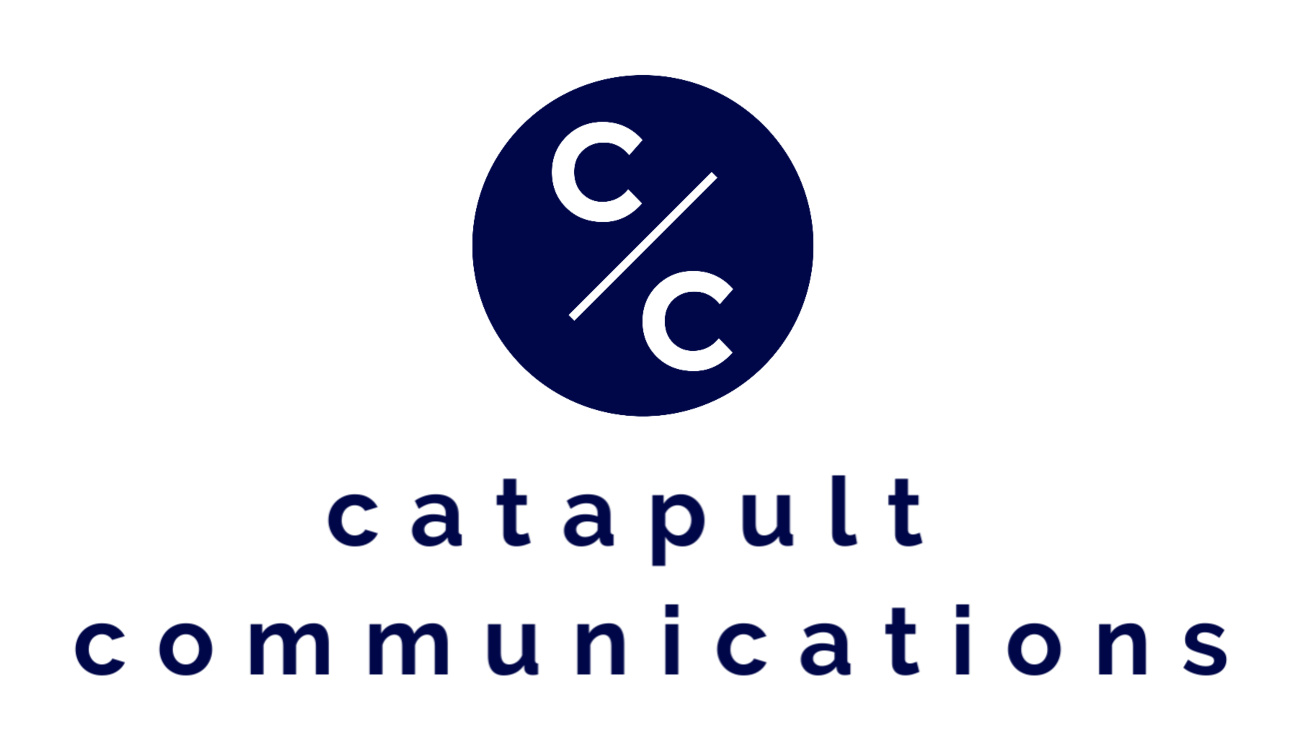CATAPULT COMMUNICATIONS
Implementation Capacity
“As Is” Capabilities
Another fundamental concern is an organization’s in-house implementation capacity. After all, what good is a plan if you cannot execute it?
What if the organization lacks the in-house capabilities and/or time to implement its plan? And what if it does not have the resources to hire a pricey marketing or public relations firm to do the work?
Even if it can afford to hire such a firm, few organizations can retain such services indefinitely. In the unlikely event that it can hire a firm indefinitely to execute, grow, and modify the strategy as the organization expands, in-house resources will still be required to coordinate and oversee the firm’s work—and provide essential input and feedback throughout the process.
Communications planning, therefore, must account for “as is” implementation constraints, ensure full use of existing in-house capabilities, and serve to guide capacity-building efforts over the long term in order to address crucial strategic questions:
How will the communications program be implemented in the short term?
How will it be sustained and expanded over time?
How can maximum return on the communications investment be realized?
Operational Infrastructure
Similarly, even with the resources available to carry out a strategy, many organizations face yet another obstacle: unclear, inconsistent, or altogether nonexistent roles/responsibilities and workflows/processes.
As with any initiative, an adequate operational infrastructure is vital to carrying out the day-to-day implementation of a communications plan. Lacking such an infrastructure, many organizations, both large and small, find that their operations have become siloed across different departments, programs, or lines of business—resulting in systemic inconsistencies, delays, and inefficiencies that pose direct threats to the overall brand and image.
All too often, organizations find themselves in a reactionary “crisis mode” of one degree or another, with each project presenting its own chaotic, exasperating odyssey. Proper planning allows for smoother, more efficient operations—and often better work products.

